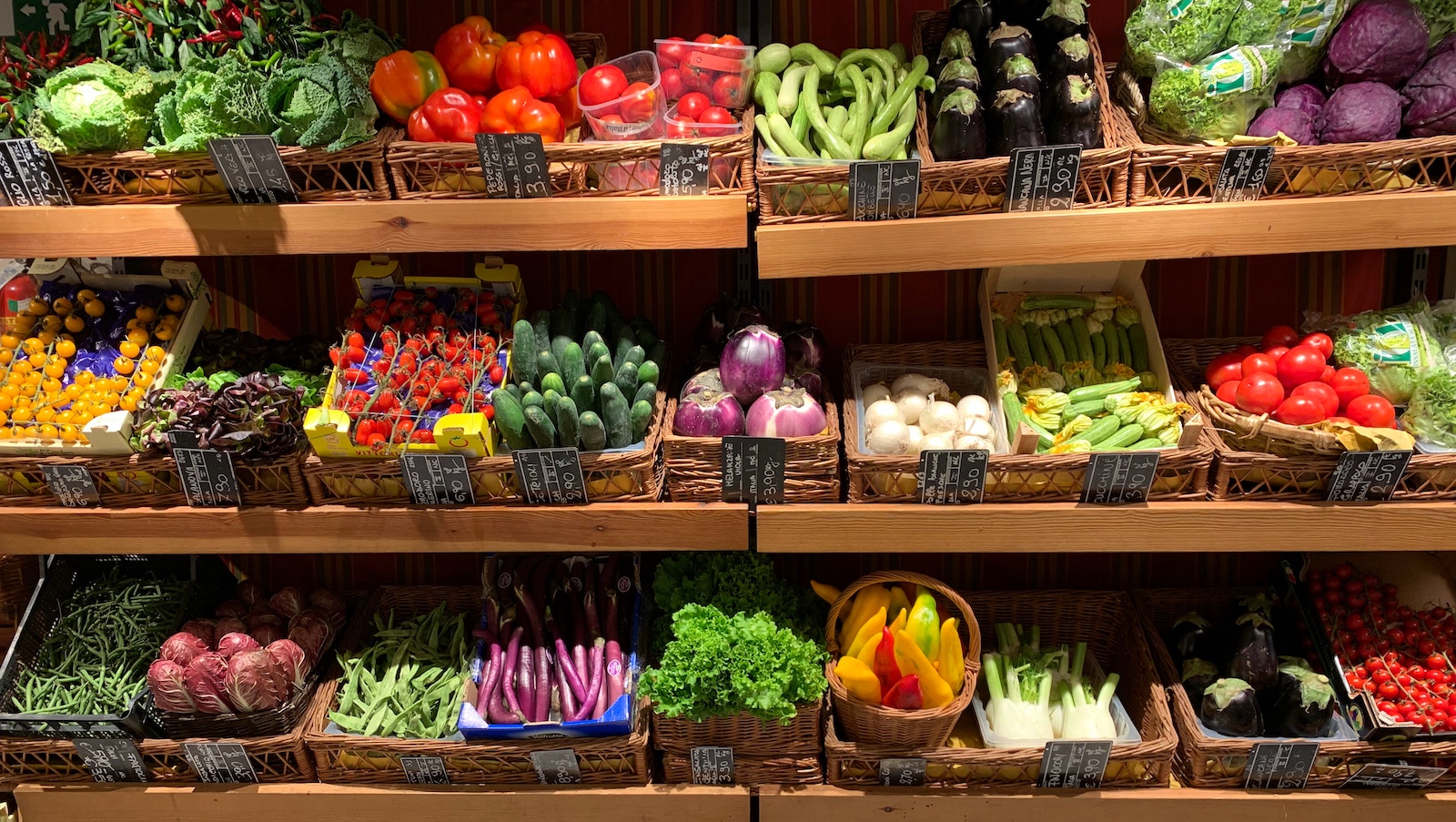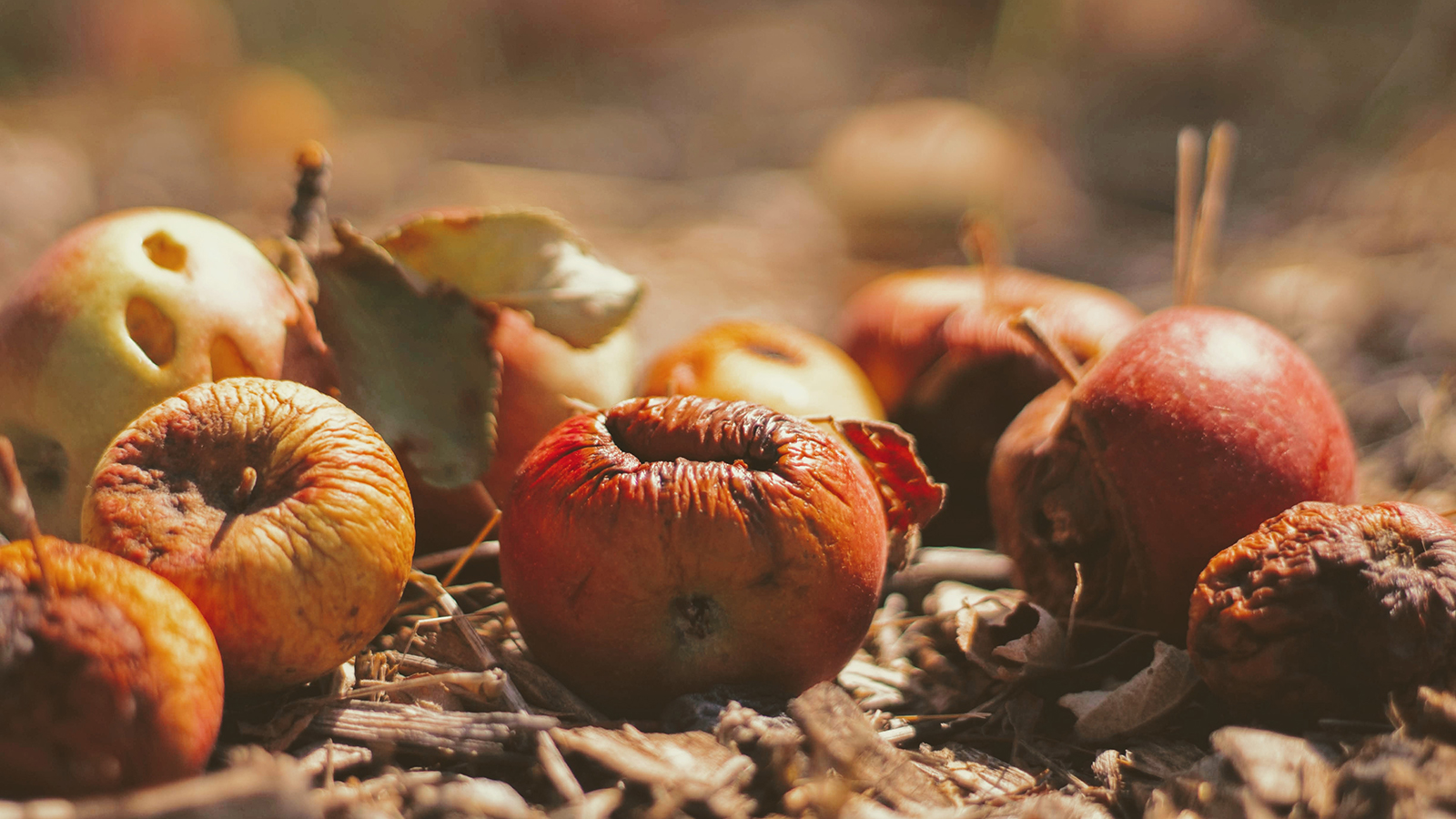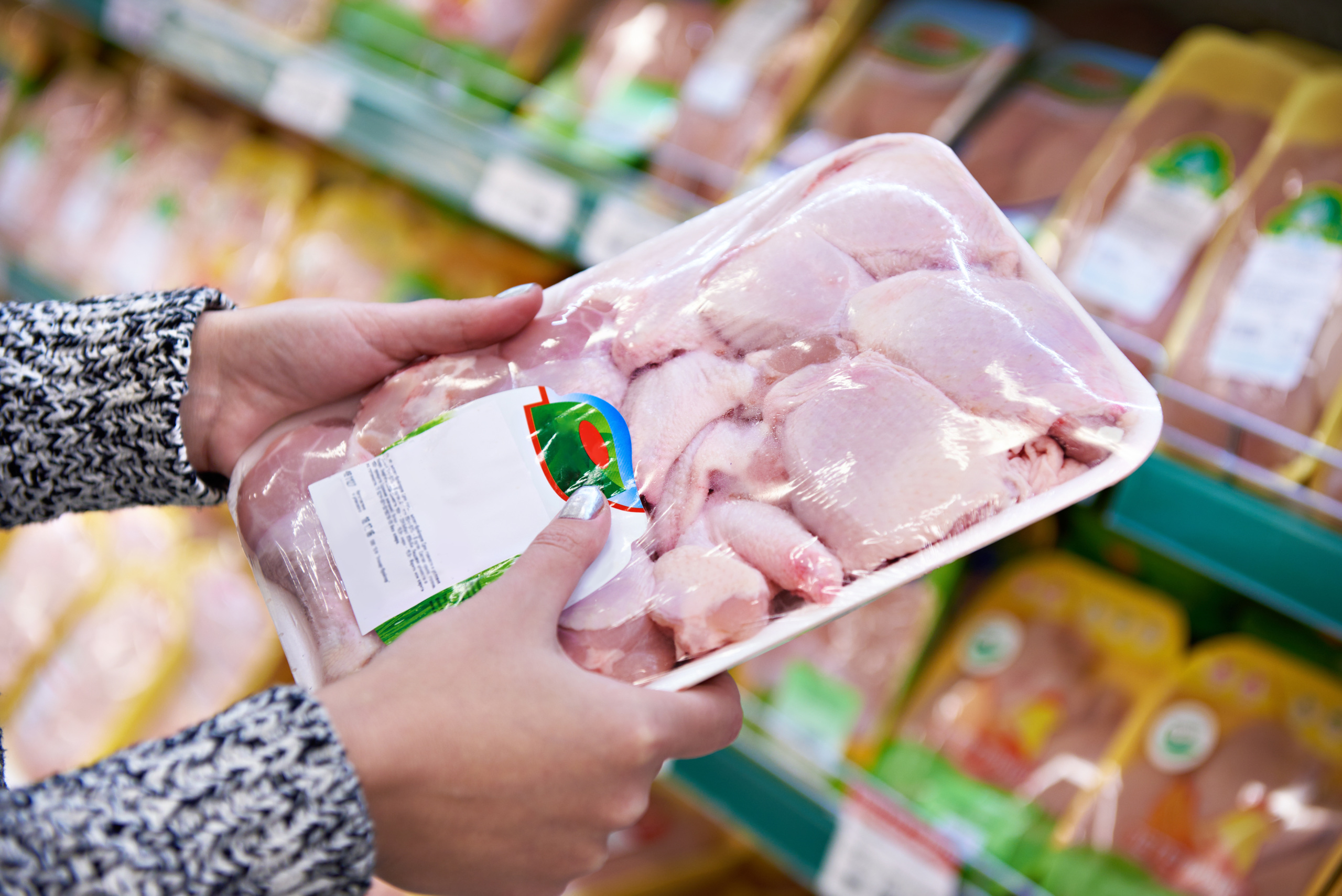
Apples to Twinkies
Comparing Taxpayer Subsidies for Fresh Produce and Junk Food
Federal subsidies for commodity crops are subsidizing junk food additives like high-fructose corn syrup at a rate that would buy 20 Twinkies for each taxpayer every year, according to Penn PIRG's new report, "Apples to Twinkies 2013." Meanwhile, subsidies for fresh fruits and vegetables would buy just one half of an apple per taxpayer per year.
Downloads
PennPIRG
At a time when America faces high obesity rates and tough federal budget choices, taxpayer dollars are funding the production of junk food ingredients. Since 1995, the government has spent $292.5 billion on agricultural subsidies, $19.2 billion of which have subsidized corn- and soy-derived junk food ingredients.
These subsidies are all the more egregious at a time when America is facing an obesity epidemic. Children are three times more likely to be obese than their counterparts three decades ago. With over 31 percent of the adolescent population now overweight or obese, and estimates of obesity-related medical costs reaching $150 billion per year, it is absurd that the federal government continues to finance the production of sweeteners and oil additives.
The concentrated distribution of subsidy payments further demonstrates how the current system fails to appropriately direct federal dollars. The system disproportionately benefits larger commodity crop producers, sending tax subsidies to large, already-profitable players. These subsidies also do not fund all crops equally. Apples, the only fruit or vegetable to receive significant federal subsidies, garnered only $689 million over the same period.
Had these subsidies gone directly to America’s 146 million taxpayers, the apple subsidies would enable each taxpayer to buy half an apple each year—but the annual junk food subsidies would add up to nearly 20 Twinkies each.
Key findings:
Of the total $292.5 billion allotted in agriculture subsidies, 3.8 percent of farmers collected $178.5 billion, while 62 percent of farms did not receive any federal funds.
Taxpayers spent $84.4 billion on corn production, $8.1 billion of which funded production of corn starch and sweeteners. Of the total domestic corn produced, 9.6 percent ended up in junk food and beverages as sweeteners or thickeners.
Soy subsidies rank fifth on the list of subsidized crops, costing taxpayers $27.8 billion. Since 1995, soy oils have consumed approximately $11.1 billion in taxpayer subsidies.
With the money used to subsidize corn and soy junk food ingredients, the government could buy almost 52 billion Twinkies—enough to circle the Earth 132 times when placed end to end, or meet the caloric needs of the entire U.S. population for 12 days.
Topics
Find Out More


The food we waste could end hunger

Superbugs in Stock

